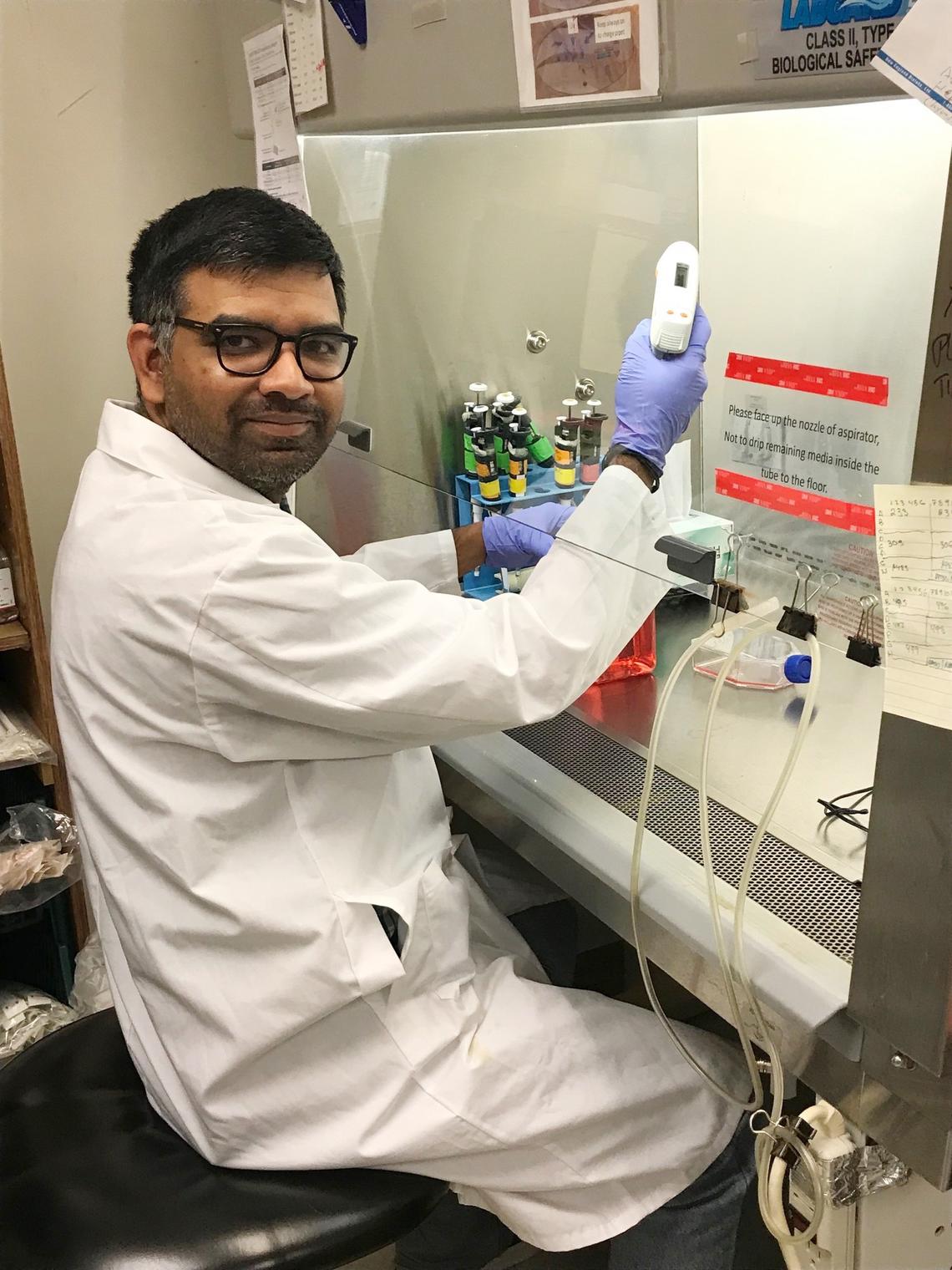Jan. 5, 2022
Libin Institute researchers identify molecule essential for success of commonly used diabetes drug

A discovery by researchers at the University of Calgary has the potential to open doors to new treatments for the approximately 3.4 million Canadians living with diabetes.
A Cumming School of Medicine (CSM) research team led by Dr. Morley Hollenberg, MD, PhD, found that a receptor, NR4A1, produced in the body, plays an essential role in supporting metformin, the drug used to lower blood sugar levels and improve how someone with diabetes responds to insulin. The team’s findings were recently published in the Journal of Molecular Pharmacology.
“The discovery has important implications,” says Hollenberg, explaining metformin is used not only to treat diabetes, but also to treat other conditions such as cancer. “It could potentially lead to the development of metformin-based drugs that work even better.”
Insulin is produced in the pancreas and is necessary to allow the body to use blood sugars. People with diabetes either can’t produce insulin or can’t properly respond to the insulin they produce. The condition can not only negatively impact quality of life, but it can also double the risk of heart disease and stroke, due to the damage it causes blood vessels.
This damage is caused by high blood-sugar levels and an accumulation of oxygen reactive species molecules in cells and tissues — often called free radicals — that create a toxic environment. The result is a breakdown in the lining of the blood vessels.
Using mouse models, Hollenberg’s team found that metformin helps remove these free radicals from the blood vessels, but only when NR4A1 is present. The researchers also found that dosage is important — while therapeutic dosages are beneficial, too much metformin causes damage to the blood vessels.
Hollenberg explains that NR4A1 is an ‘orphan’ nuclear receptor — a family of molecules important for regulating numerous processes in the body. NR4A1, which is commonly found around the body, causes effects like those caused by insulin in regulating metabolism. It was this link that led to the discovery about how metformin works.

Postdoctoral scholar Vivek Venu works at the culture hood in the Morley Hollenberg lab.
Courtesy Morley Hollenberg
Dr. Vivek Venu, PhD, a postdoctoral scholar in Hollenberg’s lab with long ties to several other research labs within the CSM, was experimenting with NR4A1 when he noticed the similarities between the actions of NR4A1 and insulin. He began to wonder if the receptor had a role in enabling metformin to protect the blood vessels.
That hunch proved to be accurate, leading to the discovery. Hollenberg says Venu’s outside-of-the-box thinking and varied skills were key to the success of this study. He notes a 20-year-old study, led by Libin Cardiovascular Institute researcher Dr. Todd Anderson, MD, also played a key role.
“We built on Dr. Anderson’s work, done right here in Calgary, which first revealed that metformin has a protective effect on the blood vessels of diabetics,” says Hollenberg. "Our project really demonstrates how unusual thinking and collaboration lead to discovery. The highly collaborative atmosphere we have here in Calgary is a big strength.”
Dr. Paul Fedak, MD, PhD, Libin Cardiovascular Institute director, agrees: “When clinicians and scientists with different areas of interest and expertise work together, we see great innovation and transformative discoveries that ultimately benefit patients. That’s why we strongly encourage collaboration and integration within the Libin Cardiovascular Institute.”
Morley Hollenberg is a professor in the departments of Physiology and Pharmacology, and Medicine at the Cumming School of Medicine (CSM). He is a member of the Libin Cardiovascular Institute, the Snyder Institute for Chronic Diseases, Hotchkiss Brain institute, the Charbonneau Cancer Institute and the Alberta Children’s Hospital Research Institute.
Todd Anderson is a professor in the Department of Cardiac Sciences at the CSM. He is the former director of the Libin Cardiovascular Institute and vice-dean of the CSM.
Paul Fedak is a professor in the Department of Cardiac Sciences at the CSM. He is the director of the Libin Cardiovascular Institute and academic head of the Department of Cardiac Sciences.






